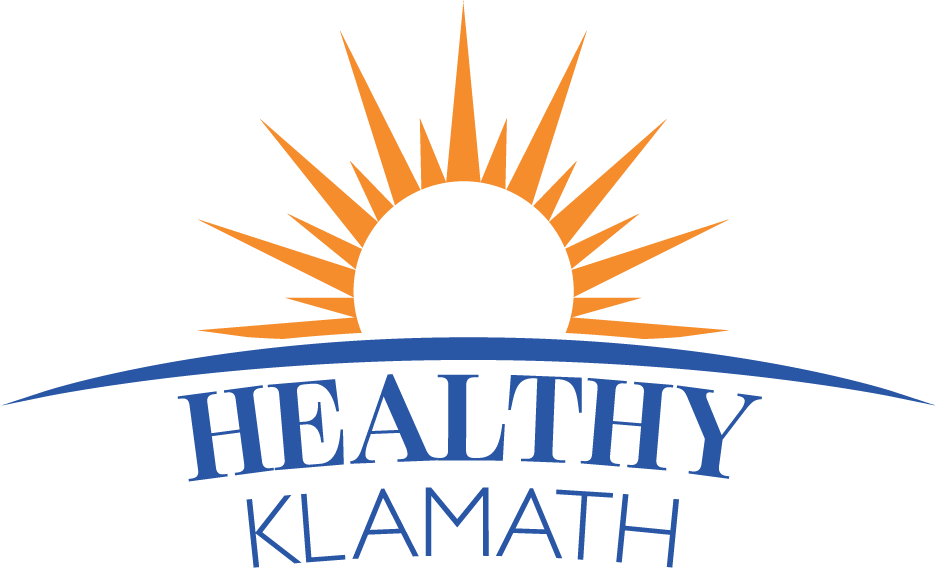Congratulations on your new bundle of joy. This Page is dedicated to simplifying nutrition during breastfeeding and postpartum. If you are interested in learning more, visit our full Klamath Falls Nutrition Oregon Hub page.
Nutrition Oregon Campaign
Lactation Smoothie Recipe
½ to 1 cup frozen fruit (choose one or more of the following):
□ Blueberries, raspberries or strawberries
□ Mango chunks
□ Pineapple chunks
□ Banana slices
□ Diced peaches or nectarines
□ Pitted cherries
1 cup milk/calcium-fortified beverage (choose one of the following):
□ Dairy milk (whole milk if goal is to increase calories; otherwise use fat-free or 1% milk)
□ Fortified soy milk
□ Fortified alternative milk such as almond, oat, hemp milk (note: the protein content will be lower if you use one of these alternative milks)
½ cup yogurt (choose one of the following):
□ Greek yogurt (for higher protein)
□ Vanilla or lemon flavored yogurt
□ Soy or coconut yogurt (note: coconut yogurt is low in protein)
Optional Healthy Ingredients (adjust quantities to taste)
□ Avocado, ¼ of whole
□ Spinach, chopped or frozen, ½ cup
□ Kale, finely chopped, ½ cup
□ peanut butter, almond butter or sunflower seed butter, 1 tablespoon
□ Steamed carrot coins (chilled), ½ cup
□ Canned pumpkin or pureed winter squash, ¼ cup
□ Flax, hemp or chia seeds, 1-2 tablespoons
Optional Flavorings
□ Vanilla or almond extract, 1/8 teaspoon
□ Cinnamon, nutmeg, ginger or cardamom, 1/8 teaspoon
□ Sugar, honey, maple or agave syrup, 1-2 teaspoons
Directions:
Place fruit in a sealed container or freezer bag and freeze for at least one hour. Place frozen fruit, milk, yogurt, optional healthy ingredients and desired flavorings in blender. Blend until smooth.
Makes 1 serving
Supporting Successful Breastfeeding
Breastfeeding can pose challenges, especially for the first-time mom. While the focus of this curriculum is on supporting maternal nutrition, it is important to share resources on lactation management. Often, difficulties with latching/sucking, positioning, pumping, and scheduling can be remedied if caught in the early stages. Women and their families often benefit from consultation with knowledgeable lactation consultants. It is important to discuss local resources available in the community, including lactation support and management. If possible, invite a local lactation consultant to this session to provide information and address questions and concerns. For general information about breastfeeding, visit https://www.womenshealth.gov/breastfeeding There are also times when exclusive or even partial breastfeeding is not feasible for moms or families. It is important to support the decision and offer guidance on selecting, mixing, and storing standard infant formulas. Focus on Calcium and Vitamin D Remind participants of the continued need to get adequate calcium and vitamin D. The Recommended Dietary Allowance (RDA) is 1000 milligrams/day for women ages 19-50 and 1300 milligrams/day for ages 14-18. Breast milk supplies all the calcium needed for a growing baby’s skeleton. The calcium composition of breast milk remains consistent, even when a mom’s diet is low in calcium. The downside is that the calcium will be pulled from the mom’s skeleton, leaving her vulnerable to weakened bones later in life. Vitamin D supplementation is often recommended in northern climates (such as Oregon) and is normally included in the prenatal supplement. It is recommended by most pediatric providers to provide breastfed infants with a daily vitamin D drop (400 IU). The vegetable lasagna recipe provides 500 milligrams of calcium per serving or one-half of the daily calcium needed for a lactating mom over the age of 19. The calcium content of the smoothie will vary but should provide a minimum of 350 milligrams per smoothie.


